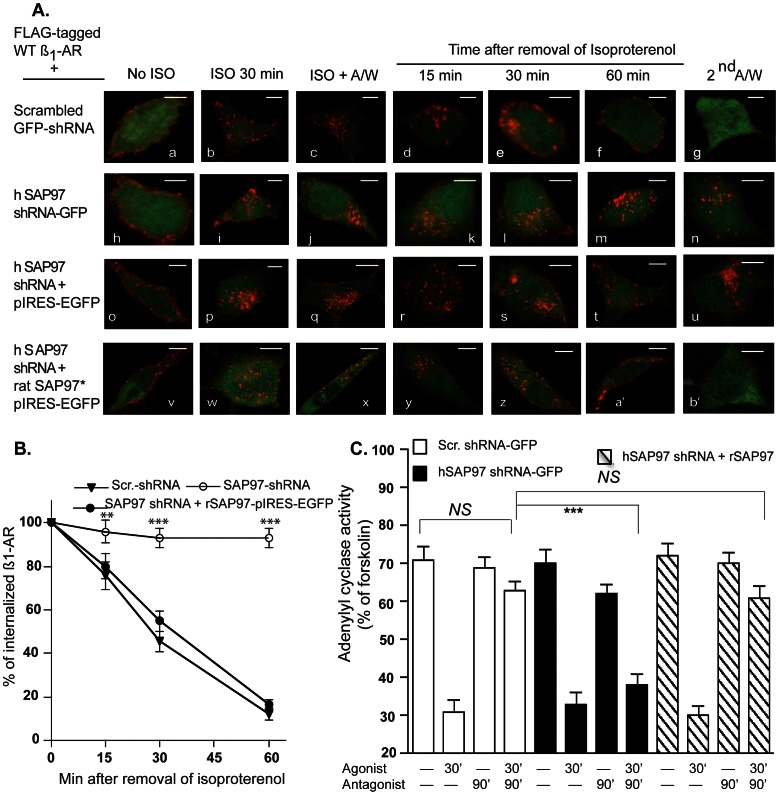Figure 2. Effects of SAP97 knockdown and rescue on recycling and resensitization of the human ß1-AR.
A, in images a–n, HEK-293 cells stably expressing the FLAG-tagged WT ß1-AR and either the scrambled shRNA-EGFP (a–g), or hSAP97 shRNA-EGFP (h–n) were used. In images o-b’, HEK-293 cells stably expressing the FLAG-tagged WT ß1-AR and hSAP97 shRNA were transfected with the empty pIRES-EGFP vector (o–u) or rSAP97 in pIRES-EGFPII (v-b’). Rat SAP97 constructs (denoted by an asterisk) are resistant to hSAP97 shRNA because of sequence mismatches in the region targeted by the human SAP97 shRNA. Cells on glass slides were prelabeled for 1 h with Cy3-anti-FLAG antibody and fixed (images a, h, o, v). The rest of the slides were exposed to 10 µM isoproterenol for 30 min (b, i, p, w) then acid washed and fixed (c, j, q, x). The rest of the slides were subjected to recycling conditions for the indicated time period and then fixed. Slides incubated with alprenolol for 1 h were exposed to acid wash and then fixed (g, n, u, b’). The distribution of fluorescent pixels was obtained using confocal microscopy and the colors shown are pseudo colors. B, pixels inside a 300-nm boundary in isoproterenol/acid-washed cells (c, j, q and x) were set arbitrarily to 100% to indicate 100% internalization and the ratios in alprenolol-treated cells were calculated and expressed as % for each time period. The ratios from 20 independent images for each condition were calculated and expressed as mean ± S.E. for each time period and then compared among the three different groups by one-way ANOVA with Newman-Keuls post-tests. Statistical results are expressed as (*), (**), and (***) p<0.05, p<0.01, and p<0.001, respectively. Each scale bar represents 5 µm. C, comparison of adenylyl cyclase activities in response to desensitization by isoproterenol and resensitization in HEK-293 cells. For the first two sets of experiments, cells stably expressing the WT ß1-AR with either the scrambled or the hSAP97 shRNA were used. For the third set, cells expressing the ß1-AR, SAP97 shRNA and rSAP97 in pIRES-EGFPII were used. Following the desensitization/resensitization protocol, cell membranes were prepared and used to measure adenylyl cyclase activities for each condition. These experiments were repeated n = 3–5 times each in triplicate and were plotted as mean ± S.E. and then compared among different groups by one-way ANOVA with Newman-Keuls post-tests and expressed as described above. NS, indicates non significant difference among the compared groups.

